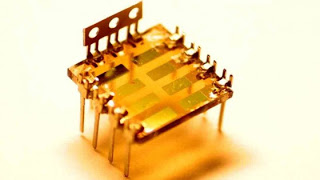Quantum Dot solar cells could increase conversion efficiency over 25%
New quantum dot solar cells could increase the maximum efficiency of solar panels by over 25%, according to scientists from the University of Cambridge. The Cambridge team, led by Professor Neil Greenham and Professor Sir Richard Friend, has developed a hybrid cell which absorbs red light and harnesses the extra energy of blue light to …





